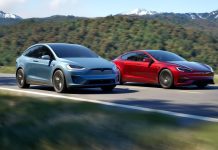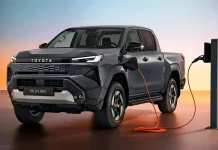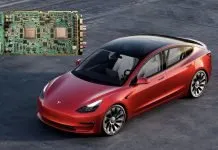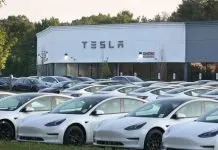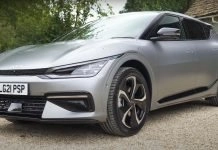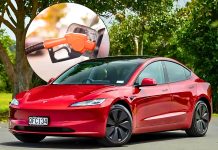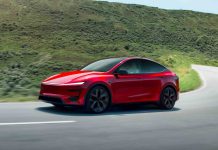In the past ten years, electric cars have evolved not only in performance and features, but also in battery durability. One of the most significant issues in the eyes of a potential EV buyer is battery degradation, yet the statistics still indicate that the issue is much less egregious than most individuals would assume. According to a new report by Recurrent, which follows the performance of real-world EVs using thousands of vehicles, this point is reaffirmed by significant differences between brands.

Battery Degradation Is a Fact, But Minor in Most Cases
Batteries in all EVs are losing capacity with age. This is an inevitable fact of the lithium-ion technology, as smartphones and laptops gradually lose charge over time. Current-generation electric cars have more developed battery chemistries, sophisticated thermal management, and more intelligent software; however, their degradation curves have increasingly become reproducibly sluggish. Based on the findings of the research conducted by Recurrent, it turned out that after three years, the majority of EVs maintain over 90% of their original real-world range.
That is to say that your EV, which was rated to go 250 miles when it was new, will probably be rated to go roughly 225 miles after a few years. To a majority of drivers, the difference is hardly noticeable.
Which Brands Perform Best?
Recurrent rated 14 auto manufacturers, and it contrasted the frequency with which their vehicles lose range in the initial three years. There are those brand names that have been performing well.
Cadillac, Hyundai, and Mercedes-Benz rank high on the list with extremely minimal depreciation in them, such that, in the initial years of ownership, there is no loss in the range of some models. Tesla also does quite well, with over 96% of its original range.
At the other end, the brands such as Volkswagen, BMW, and Jaguar are recording slightly greater losses. Nevertheless, even the worst in the Recurrent dataset still have over 90% of their range at three years. That’s hardly cause for alarm.
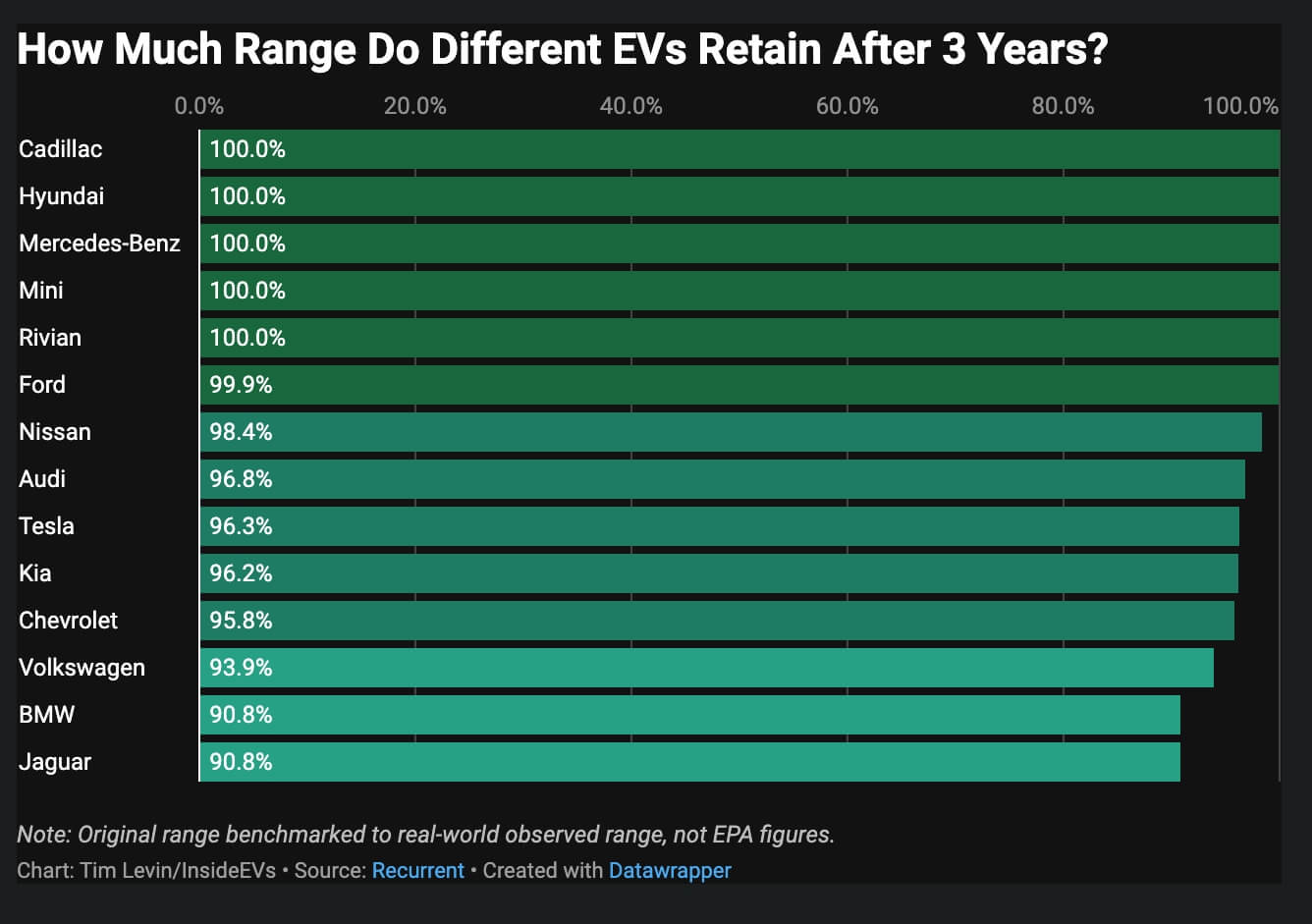
Why Do Individual Brands Degradate More?
Indicatively, the position of Chevrolet will be dragged down because the old EV has an older battery technology than the newer models of Ultium that Cadillac has. In fact, the I-Pace was first launched in 2018, which is why it did not have the benefit of nearly all the new developments in cooling and charging strategy. In the same manner, the performance of BMW can be subject to the longstanding i3, which was an industry-breaking EV at the time it was produced in 2014, but made out of obsolete chemistry and technology.
This implies that the difference in degradation tends to bring out the generation divide and not merely brand performance.
The Cause and Effect of EV Aging
The main pattern of EV batteries is that the largest drops in capacity happen in the beginning, and then a long plateau with a gradual and slow decrease takes place. This is one of the reasons why it is not the main concern that experts advise buyers not to worry about the long-term range.
In actuality, Recurrent finds what is actually counterintuitive: most EVs in their initial year or two of operation actually drive further than their EPA-rated range. The reason is that in the real world, the efficiency is enhanced during the evolution of software, and also the drivers learn to optimize their habits.

